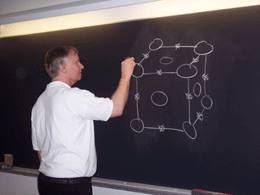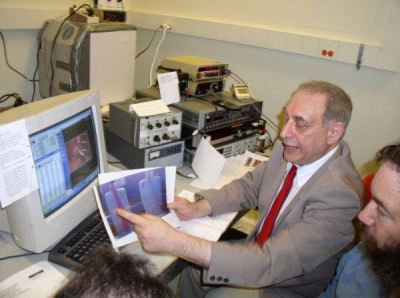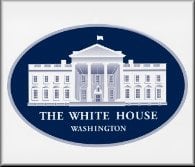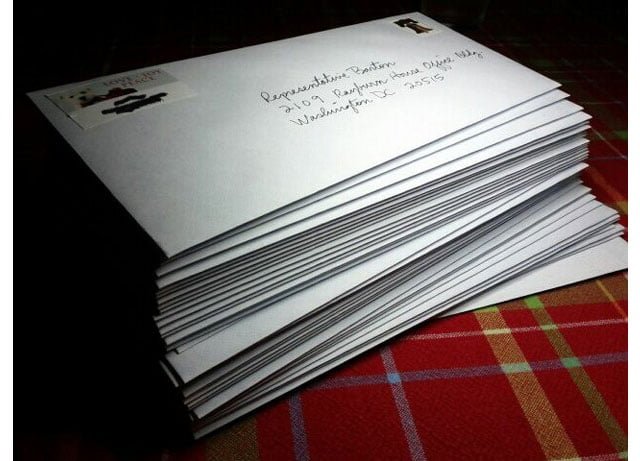This past week Cold Fusion Now sent letters to all the US Senators on the Energy Sub-Committee requesting hearings on the Department of Energy’s refusal to acknowledge LENR science as a part of its research funding AND the US Patent Office’s lack of action on LENR technology.
Join us!
These folks here are the designated energy policy makers who need to be educated on the emerging technology that promises clean energy and a 21rst century economy.
2011 US Senate Energy Natural Resources Committee
ENERGY SUBCOMMITTEE
http://energy.senate.gov/public/
Chairman Jeff Bingaman NM
703 Hart Senate Office Building
Washington, DC 20510
TDD: (202) 224-1792
Tollfree (in NM): 1-800-443-8658
Ron Wyden OR
221 Dirksen Senate Office Building
Washington, DC 20510-3703
Phone: (202) 224-5244
Fax: (202) 228-2717
Tim Johnson SD
136 Hart Senate Office Building
Washington, DC 20510
p. (202) 224-5842
f. (202) 228-5765
Mary Landrieu LA
431 Dirksen Senate Office Building
Washington, DC 20510
Telephone: (202) 224-5824
Fax: (202) 224-9735
Chairman Maria Cantwell WA
311 Hart Senate Office Building
Washington, DC 20510
202-224-3441
202-228-0514 – FAX
Bernard Sanders VT
332 Dirksen Building
Washington, D.C. 20510
Phone (202) 224-5141
Fax (202) 228-0776
Debbie Stabenow MI
133 Hart Senate Office Building
Washington, DC 20510
Phone: (202) 224-4822
Mark Udall CO
Hart Office Building Suite SH-328
Washington, D.C. 20510
P: 202-224-5941
F: 202-224-6471
Mark Udall CO
Pikes Peak Region
2880 International Circle
Suite 107
Colorado Springs, CO 80910
P: 719-471-3993
Jeanne Shaheen NH
520 Hart SOB
Washington, DC
20510 Ph: (202) 224-2841
Fax: (202) 228-3194
Al Franken MN
309 Hart Senate Office Building
Washington, DC 20510
(202) 224-5641
Joe Manchin WV
303 Hart Senate Office Building
Washington DC, 20510
Phone: 202-224-3954
Fax: 202-228-0002
Christopher Coons DE
127A Russell Senate Office Building
Washington DC, 20510
(202) 224-5042
Ranking Member Lisa Murkowski AK
709 Hart Senate Building
Washington, D.C. 20510
Main: 202-224-6665
Fax: 202-224-5301
John Barasso WY
307 Dirksen Senate Office Building
Washington, DC 20510
Main: 202-224-6441
Fax: 202-224-1724
Tollfree: 866-235-9553
James E. Risch ID
SR-483 Russell Senate Office Building
United States Senate
Washington, DC 20510
tel: 202-224-2752
fax: 202-224-2573
Mike Lee UT
316 Hart Senate Office Building
Washington, D.C. 20510
Phone: 202-224-5444
Fax: 202-228-1168
Rand Paul KY
208 Russell Senate Office Building
Washington DC, 20510
Phone: 202-224-4343
Daniel Coats IN
493 Russell Office Bldg
Washington, DC, 20510
P: (202) 224-5623
F: (202) 228-1820
Rob Portman OH
338 Russell Senate Office Building
Washington, DC 20510
Phone: 202-224-3353
John Hoeven ND
120 Russell Senate Office Bldg.
Washington DC, 20510
Phone: 202-224-2551
Fax: 202-224-7999
Dean Heller NV
361-A Russell Senate Office Building
Washington, DC 20510
Phone: 202-224-6244
Fax: 202-228-6753
Dean Heller
Lloyd George Federal Building
333 South Las Vegas Blvd., Suite 8203
Las Vegas, NV 89101
Phone: 702-388-6605
Fax: 702-388-6501
Bob Corker TN
SD-185 Dirksen Senate Office Building
Washington, DC 20510
Main: 202-224-3344
Fax: 202-228-0566
Letters are also en route to constituents of Florida, California, Utah, Nevada, Colorado, Pennsylvania, Georgia and Massachusetts to be postmarked and sent to their Senators’ local offices.
Don’t let this science be ignored while billions are wasted on obsolete non-solutions.
Don’t let this technology be derailed or delayed by excessive regulation.
The possibility of a peaceful future on this planet demands no less than all our effort, no matter how small.
As Infinite Energy magazine approaches its 100th issue, I was flipping through an old issue from 1995 (Volume 1 Number 3), I found this letter to editor Eugene Mallove from then Senator Bob Dole.
Notice “the anonymous contributor” that prompted Senator Dole to write. Perhaps a letter, a book, a conversation, a video, might yet turn on a light today in DC, or your hometown.

The loss of wildlife and marine species, a generation of young people with few opportunities, the elderly living on flyspecks in a world they don’t understand; in a vast universe of potential, is this the best humans can do?
Demand access to clean energy.
Demand jobs with integrity and purpose.
Demand the tools to empower your local community.
And make your demands clear to the people who serve at our pleasure.
We have the power; we have only to use it.
Congressional committee’s are next….http://www.contactingthecongress.org/
Cold Fusion Now!






